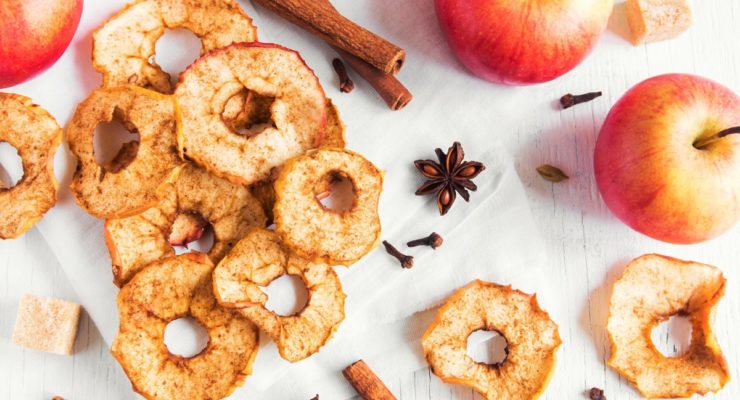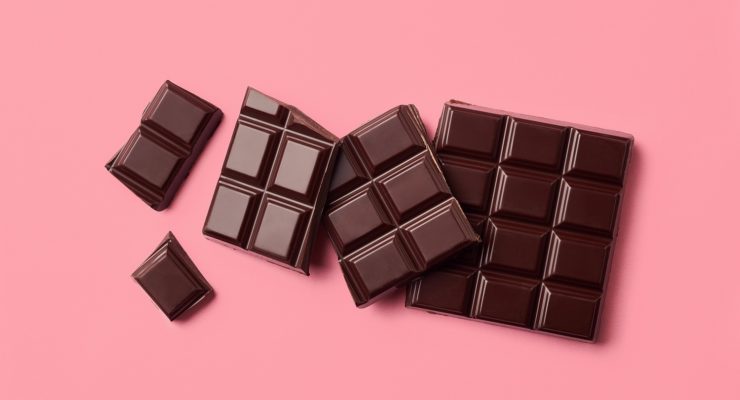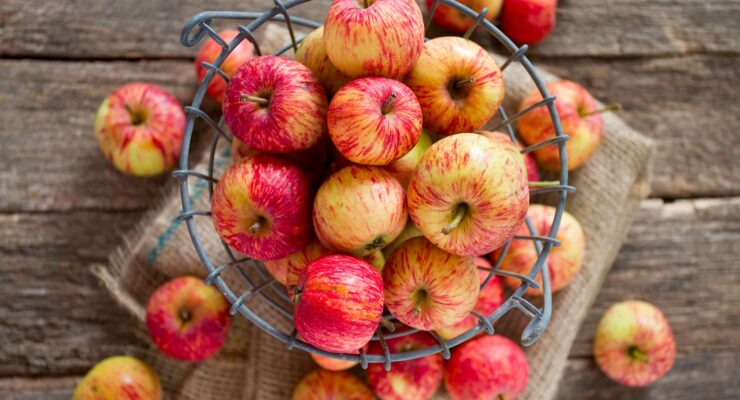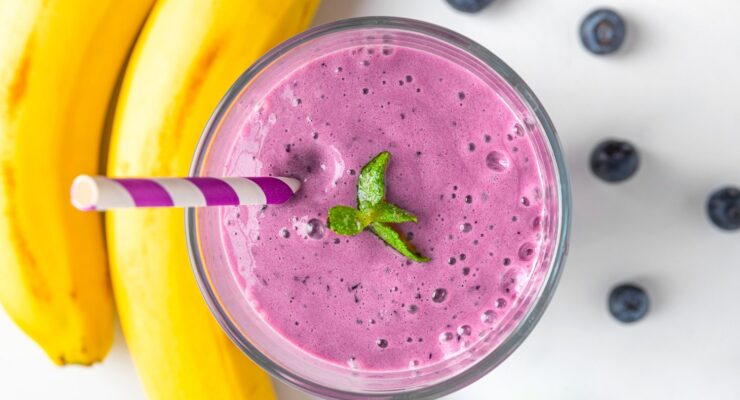10 Surprising Sources of Antioxidants
Article posted in: Diet & Nutrition
Move over, blueberries. There are some new antioxidants in town that taste as good as—and are just as healthy.
Antioxidants are naturally occurring chemicals in plant foods that may prevent some of the genetic damage that leads to cancer, heart disease and Alzheimer’s. Foods that contain them are rated for what’s called oxygen radical absorbance capacity, or ORAC, a test of how well a food protects molecules from damaging oxidation. (What’s oxidation? Think about an apple. You take a bite, put your apple down and walk away, and when you come back, it’s brown where your bite marks are. That’s what exposure to oxygen does to whatever is vulnerable—like the molecules that make up you!)
These 10 foods get high marks on the ORAC scale according to the U.S. Department of Agriculture (USDA):
Dark chocolate
A product of cocoa beans, which are really seeds, chocolate is actually higher on the ORAC scale than blueberries. It contains even more polyphenols and flavanols—healthy plant chemicals—and antioxidant activity. But it has its drawbacks—the sugar and fat used to make chocolate palatable. For that reason, opt for less-processed, darker options containing a minimum of 65 percent cacao, and don’t overindulge. Keep to a maximum of one to two ounces a day. On the Nutrisystem program? You can still have your chocolate and eat it, too! Just limit yourself to a maximum of two dark chocolate minis (or about half an ounce) a day, and be sure to count these as your three Extras for the day.
Herbs and Spices
Cloves, cinnamon, oregano, turmeric, cumin, parsley and basil dominate the top of the ORAC list. In one Norwegian study, about a half teaspoon of cloves contained more antioxidants than a half cup serving of blueberries or cranberries. Herbs and spices are also a dieter’s best friend, contributing flavor without the fat, salt and sugar.
Artichokes
These piquant and pretty vegetables contain a long list of antioxidant compounds linked to lower risk of cancer, healthier cholesterol, and liver health. They’re seventh on the ORAC hit parade, according to the USDA.
Legumes (beans)
Their high antioxidant content is just one reason to love beans. They’re also high in fiber, have loads of vitamins and minerals, and are a great source of low-fat quality protein. Studies have found that eating beans is linked to a lower risk of cancer, type 2 diabetes and heart disease. Looking for some recipes that incorporate beans? Try these tasty Veggie Quinoa Stuffed Bell Peppers or this Black Bean and Rice Salad.
Walnuts
In the world of nuts, walnuts distinguish themselves as the only nut with omega-3 fatty acids, the compound that makes eating fish heart-healthy. But they’re also top nut on the ORAC scale. They have twice as much antioxidant power as all the other nuts on the list. Eating nuts daily can promote good health and, according to studies at both Penn State University and Purdue, may also contribute to healthy weight.
Grape juice
You’ve probably heard that red wine is good for you, and it is. The reason? Antioxidants and plant chemicals that you can find, without alcohol, in grape juice., including resveratrol, which some research suggests may “turn on” genes involved in longevity. The healthiest stuff is in the skins, which is why grapes will also give you the same antioxidant boost, but with some fiber thrown in.
Coffee
Like chocolate, coffee owes its antioxidant prowess to a seed that’s called a bean. Numerous studies have found that drinking coffee may help head off type 1 diabetes, colon cancer, prostate cancer, Alzheimer’s disease, cancer and may even help you lose weight. Polyphenols, not caffeine, are the antioxidants in coffee, so even decaf gives you a dose.
Apples
Second only to berries in antioxidant power, apples are rich in quercitin, a plant compound that helps curb nerve cell death, a factor in diseases like Alzheimer’s. A Florida State University study found that women who ate an apple a day had 23 percent less bad cholesterol than those who didn’t eat apples. Best result yet: A study published in 2014 in the journal, Food Chemistry, discovered that one particular apple, the tart Granny Smith, boosted the growth of beneficial gut bacteria in obese mice. There’s some evidence that obese people, like their rodent counterparts, have an imbalance in the colonies of bacteria that live in the gut which may be responsible in part for their weight.
Berries
Blueberries aren’t the only antioxidant stars. Just one cup of any kind of berry—blueberries, strawberries, blackberries, raspberries, cranberries—will give you all the antioxidants you need in one day. And deliciously, of course. On the ORAC list, wild blueberries (the tiny sweet ones) are highest in antioxidants, including flavonoids such as quercetin and anthocyanins. In the long-running Women’s Health Study, those who ate the most anthocyanin-rich foods—in this case—blueberries and strawberries–experienced a dramatic reduction in death from cardiovascular disease. The results were the same in the large and on-going Nurses’ Health Study at Harvard.
Mushrooms
Other sources of antioxidants may be much prettier—a lot of their power is located in pigment—but brown, white and beige are pretty powerful too. Mushrooms actually have a unique antioxidant called ergothioneine, an amino acid. Many studies have found that ergothioneine is concentrated in parts of the body where significant oxidation and damaging inflammation occurs, such as the eye, the kidneys, liver and in semen. It also seems to be able to breach the blood brain barrier where it may protect brain cells. Oyster mushrooms have the highest amounts.













